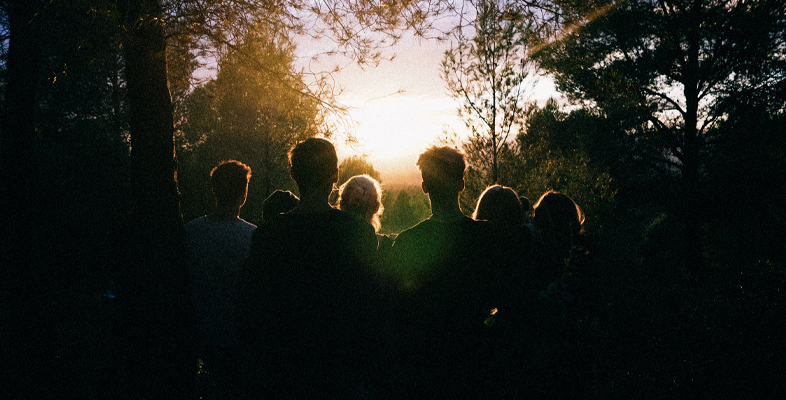Engaging with children and young people
Introduction
Perhaps more than any other engagement, the first encounter that a young person has with police can form their perception for years to come.
Chair of the All Party Parliamentary Group for Children 2013-2014, Baroness Massey of Darwen, is clear that:
Children’s first encounter with police officers can have a lasting effect on how they view the police and engage with them as adults. Many young people spoke passionately to the inquiry about the positive impact of developing close relationships with police officers – through community projects, in schools and with Volunteer Police Cadets – but we found that too frequently these initiatives were the result of the enthusiasm of a handful of staff, and practice was not widespread, leading to a ‘postcode lottery’ effect.
The key implication of this is that first impressions count. If children and young people are able to develop a neutral if not hopefully positive impression of the police, then it will support more positive outcomes and interactions in the long term.
In this course, we take a look at how police engage with children and young people, and how it might be done differently.
After studying this course, you should be able to:
- understand more effective ways of engaging with children and young people
- understand the impact of Adverse Childhood Experiences
- understand the difference between ‘at risk’ and ‘risky behaviours’
- evaluate potential steps that can be taken to better support children and young people.
